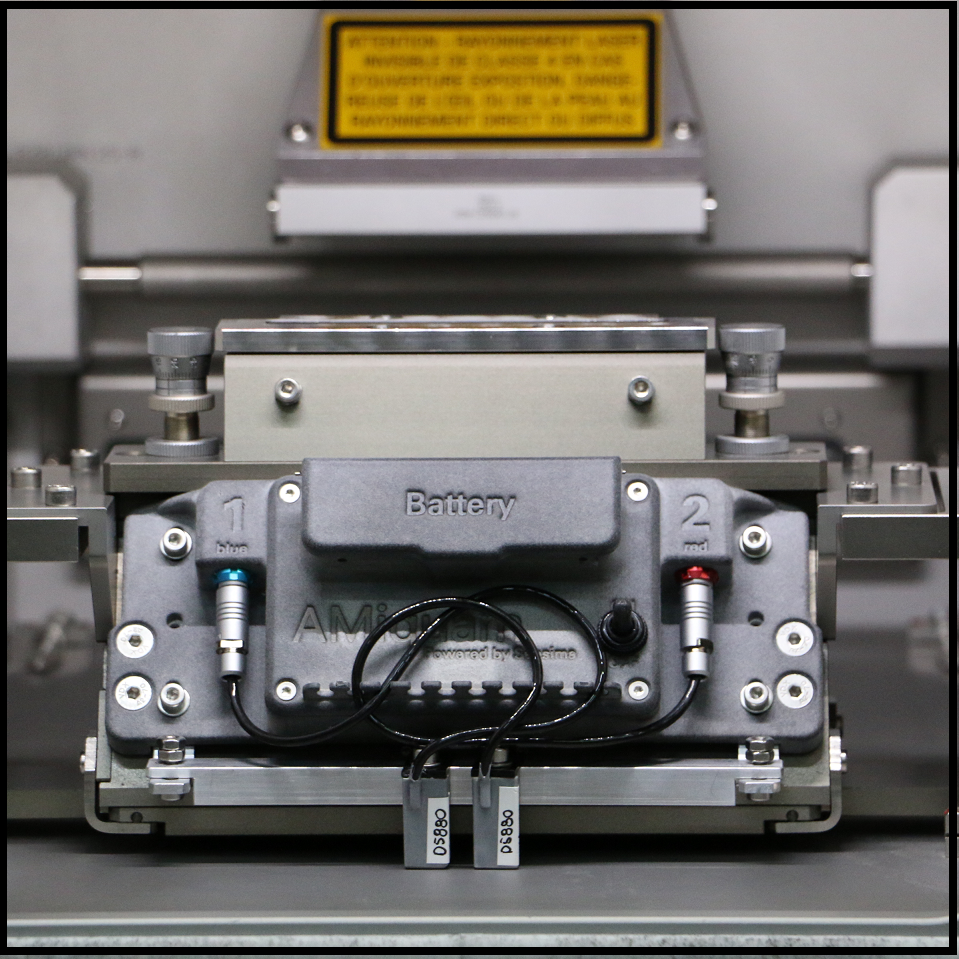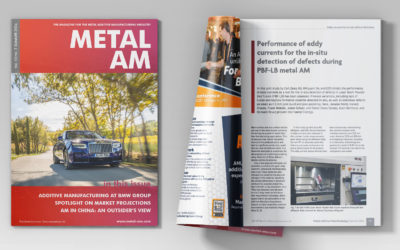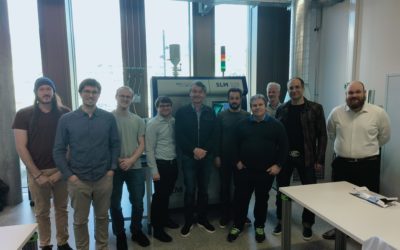
Sensors for AM
MONITORS THE QUALITY OF AM PROCESS AND PARTS
Whereas additive manufacturing (AM) gives industry unique design and manufacturing flexibility, the certification of the parts still presents significant challenges. This is the main bottleneck hindering the massive growth of metal AM. Our product and services contribute to solve this issue
Sensors fixed to the recoater
Process monitoring using NDT compliant sensors

Integration
The module can be integrated in most of the LPBF AM machines. We already instrumented the following machines, ask us if yours is not in the list, we will design the installation kit for you !
- 3DS/GFMS DMP 350
- EOS 290/280
- EOS M300
- SLM Solutions SLM125
- SLM Solutions SLM280
- RENISHAW 400
- RENISHAW 500
- ACONITY MINI
- ACONITY MIDI PLUS
- GE CONCEPT LASER M2
- PRIMA ADDITIVE 250
- TRUMPF TruPrint1000
- ADDITIVE INDUSTRIES MetalFab
- DMG MORI Lasertec 30 Dual SLM
Easy integration in less than 30 minutes
Wireless communication
Acquisition and visualization software


Visualizing quality issues
Differences in material quality are directly detected using our electromagnetic sensors.
These differences can be caused by changes in the process parameters or by localised defects. Early warnings are generated using these data.
GET EARLY WARNINGS AGAINST PROCESS DEVIATIONS
ACCELERATE PARAMETER OPTIMISATION
DETECT POWDER INHOMOGENEITIES AND PARTICLES
PERFORM IN MACHINE METROLOGY
Last News from AMiquam
Paper by AMiquam, EOS, and Zeiss published in Metal AM magazine
...
Exploring the response of lattices to eddy currents
It is now well documented that eddy currents can significantly contribute to the QC and NDT of additively manufactured parts, either during the process or in post processing. To fully deploy its potential, the technique has to demonstrate its value for low density structures such as lattices, which are now commonly manufactured with PBF-LB.
FieldMade visit to AMiquam
Had a great meeting yesterday discussing the future of quality control and monitoring in metal additive manufacturing with our colleagues from Fieldmade AS, armasuisse Wissenschaft und Technologie, and HES-SO Valais-Wallis. The AMiquam team presented a new design of...


